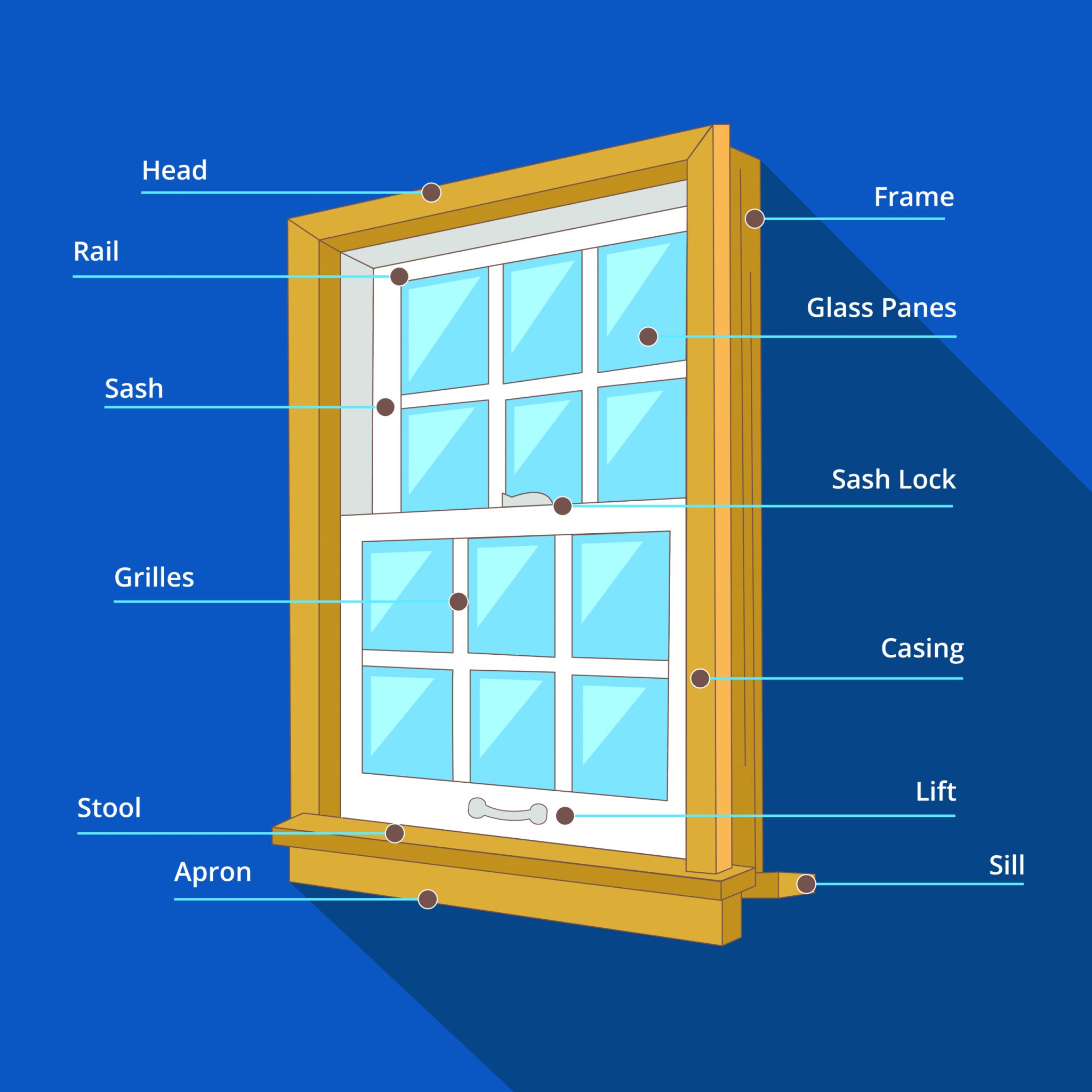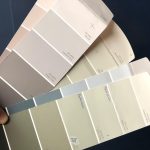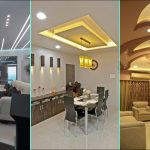Windows play a titular role in our day-to-day life by serving as a portal to the outside world while providing ventilation, insulation, and letting natural light in. Take a moment and think about the last time you recognized it. Do you know the components of a window? No, right?
Understanding the key parts of a window is crucial for house owners, architects, or anyone related to the building domain, from the classic double-hung windows found in vintage houses to modern energy-efficient aesthetic designs. Every window is made up of unique key components that contribute to its functionality.
For starters, windows have the following parts: Frame, sash, glass, grills or mullions, casting or trim, sills, jambs, weatherstripping, locks and latches, and sash cord. In this article, we are about to witness the functionality of sills, mullions, sashes, stools, frames, grilles, locks, and latches in detail.
1. Frame
The frame in the window is the most significant piece since it supports the entire window and keeps all the key components in place. Without the frame, the glass would have nothing to hold on to.
They can be energy efficient by helping to maintain insulation, reduce heat, and maintain a comfortable indoor temperature. Frames play a pivotal role in enhancing window security. The use of sturdy materials prevents unauthorized access and improves overall safety.
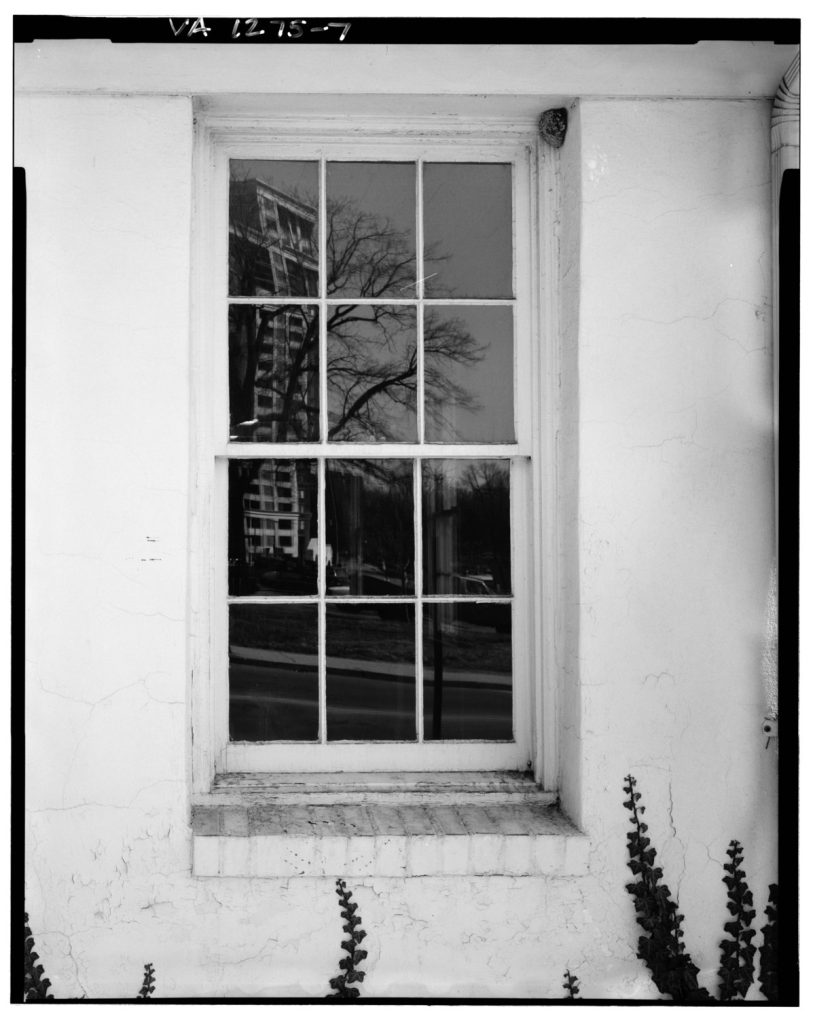
2. Sash
The sash is a movable part of the window. By tilting, moving, or sliding the sash, the window can be opened or closed. It lets fresh air and sunlight in, enhancing ventilation and insulation. A well-built sash can be energy-efficient by sealing the air in a while closed and letting the air pass through when opened.
Sashes provide a seamless and noise-free experience when sealed, ensuring privacy. The sashes come in various types, such as single-hung, double-hung, or sliding windows.
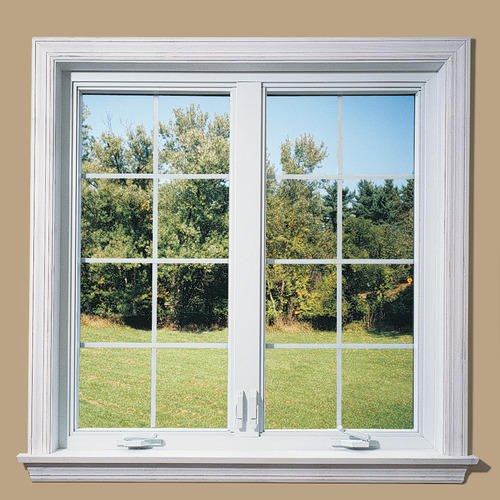
3. Glass
Glass is a transparent and translucent material that allows light to provide visibility. It is an important component of a window. It provides insulation, comfort, and security. Windows come in different types: single, double, and triple-glazed.
Additionally, low-emissivity coatings can be given to the mirrors to reduce the intensity of heat, improving thermal performance. The choice of glass enhances the overall aesthetics of the space and provides a well-lit environment.

4. Grilles or Mullions
Grilles or mullions are decorative elements that divide the glass surface into smaller sections. Grilles are typically found on the surface of the glass, either in the interior or exterior, while mullions are large vertical bars that separate glass panels within the window.
Traditionally, it was used to hold glass panels together. In modern times mullions are added to give an aesthetic touch to the space. They can be made in various materials, such as metal, vinyl, or wood, to match the window frame.
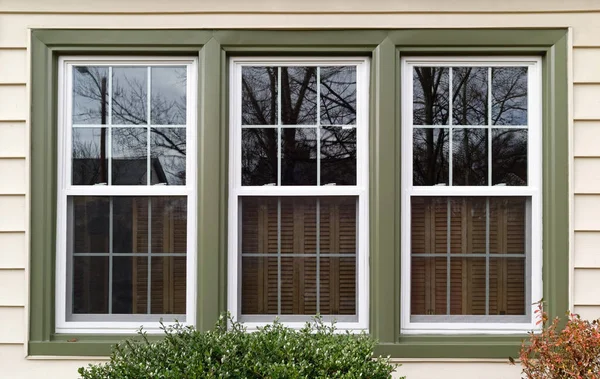
5. Casing or Trim
Casing or trimming in a window refers to the decorative molding or framing that surrounds the window opening, covering the gap between the window frame and the adjacent wall. It is used to give the window an aesthetic and pleasing look. Aesthetically speaking, it gives a complete and well-maintained look.
From a practical point of view, the casing helps seal the gap between the window frame and the wall, thus preventing seepage. The casing can be made from various materials, including wood, vinyl, MDF, and composite materials, depending on the desired style and budget.
Different styles and profiles are available, allowing for personalization and customization to suit the overall interior design.
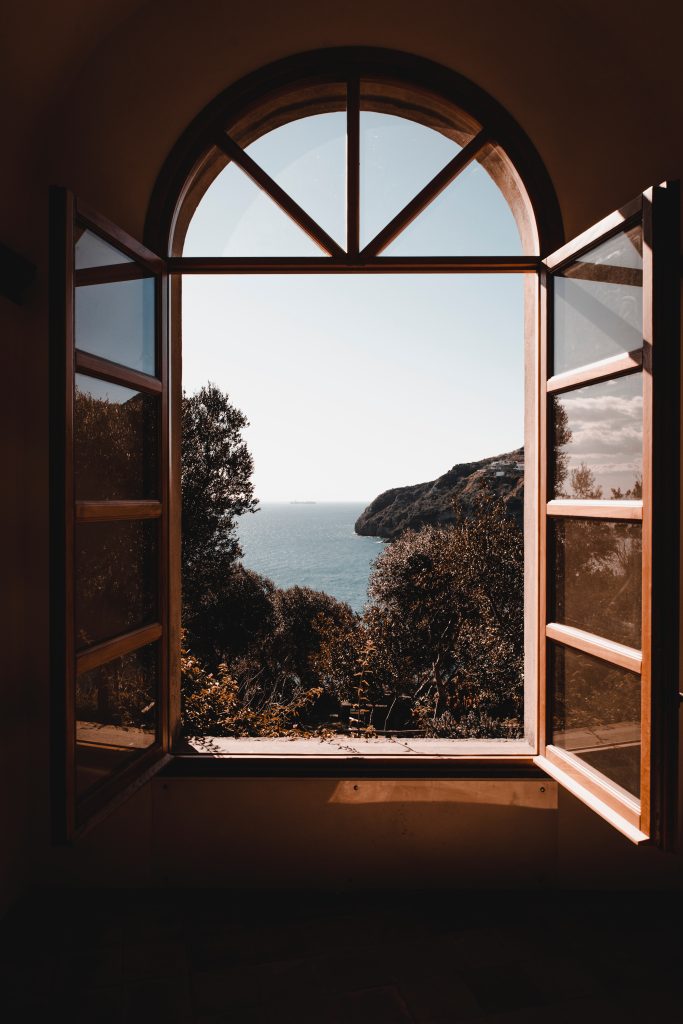
6. Sill
A sill is a horizontal ledger or shelf located at the bottom of the window frame. It serves several important functions in the overall functionality of the window. Firstly, the sill helps to shed water away from the window and the interior of the building.
Sills are crucial for maintaining the structural integrity of the window frame and preventing water damage to the walls. Secondly, the sill provides additional support to the window, distributing the weight of the window and the glass panes evenly.
They can also be used as a decorative element adding to the visual appeal of the window and complementing the interior and exterior of the space.
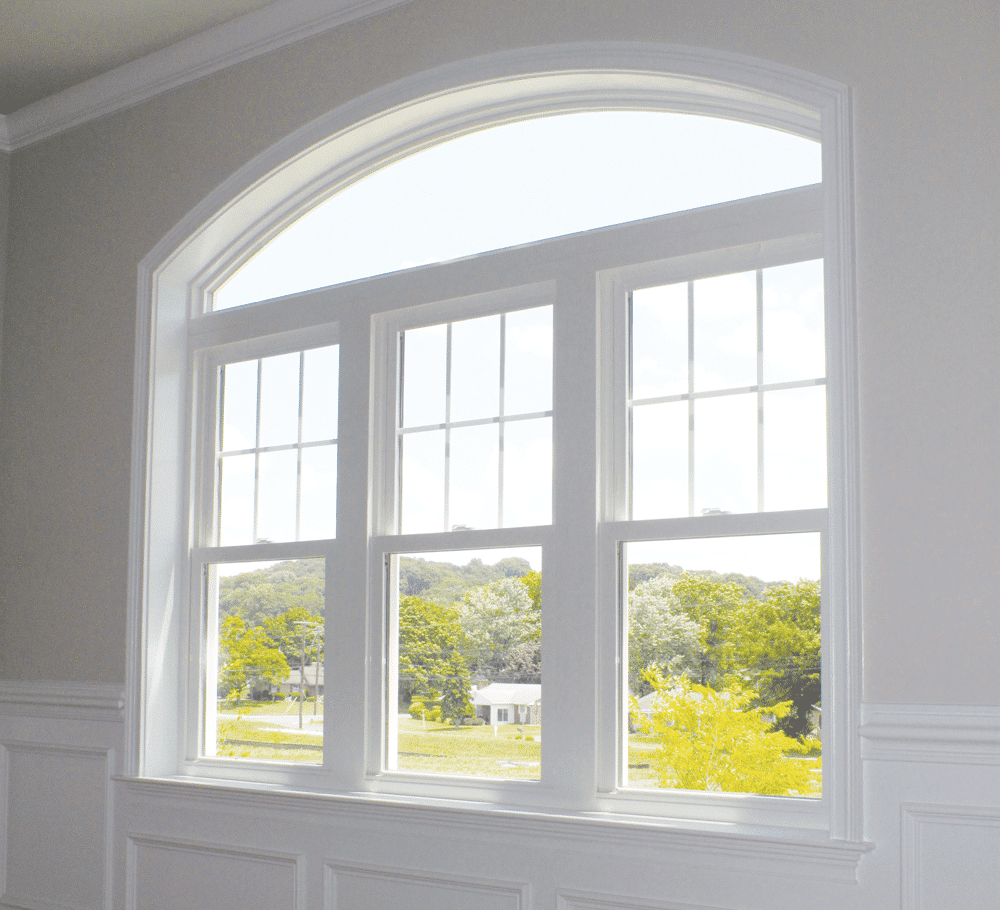
7. Jambs
Jambs refer to the vertical side of the window that runs parallel to the window opening. They are a significant addition that contributes to the overall functionality of the window. Jams play a titular role in holding the sash in place, enabling its smooth and seamless movements while opening and closing.
- In double-hung windows, jams house the counterweight or spring mechanism that balances the weight of the sash, making it easy to use.
- In casement windows, the hinges that allow the sash to open and close are attached to the jambs.
Additionally, jambs play a titular role in the insulation of windows. Properly sealed jambs, in combination with weatherstripping, help prevent air leakage and improve energy efficiency.
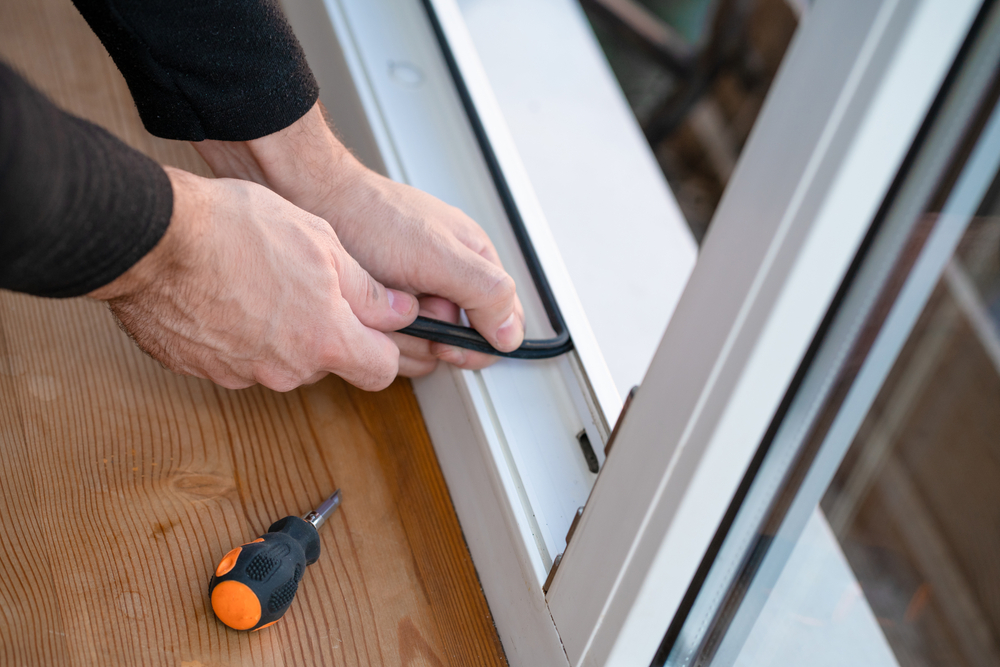
8. Weatherstripping
In windows, weatherstripping is a sealing mechanism that prevents air and water from leaking into the window frame and sash. As a barrier against drafts, moisture, and elements, it improves energy efficiency and indoor comfort.
Weatherstripping is typically made from rubber, foam, felt, or vinyl, and it is applied to the contact surfaces of the sash and frame. When the window is closed, it creates a tight seal, preventing dust, air, and water inside.
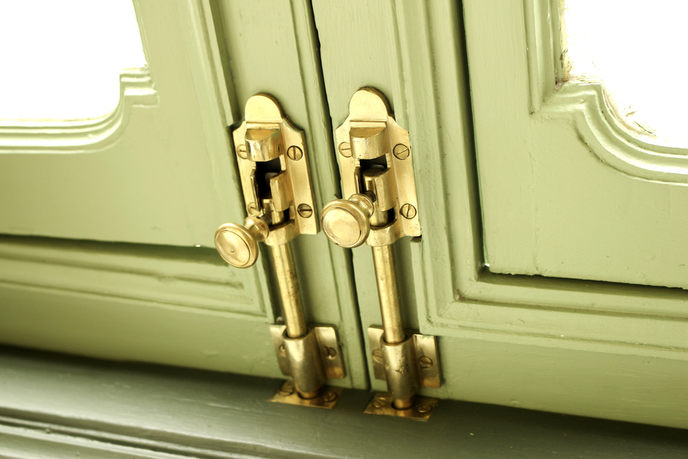
9. Locks and Latches
Locks and latches in a window are mechanisms designed to secure the movable parts of a window, such as a sash in the closed position. It prevents unauthorized access and provides safety.
Different windows have different kinds of locks and latches. For example, in double-hung windows, the locks look like it safeguards the upper and lower portion of the window when closed.
Casement windows have latches that hold the sash close to the window frame. Apart from safety, they are energy efficient by sealing the air and helping with insulation. They are an essential safety feature that gives the occupants of a building peace of mind and, at the same time, contributes to an energy-efficient environment.
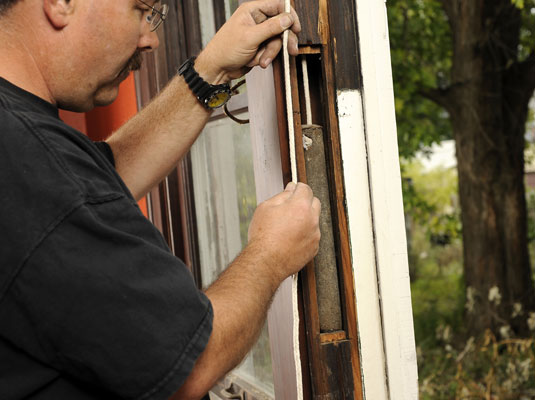
10. Sash Cord
A sash cord is a component of a traditional double-hung window, which was prevalent in traditional buildings. It is usually a rope or cord that connects the sash to a counterweight hidden inside the window frame. The counterweight is usually a heavy metal or lead weight that balances the weight of the sash, making it easier to open and close.
When the window is opened, the counterweight in the window frame counterbalances the weight making it effortless to lift. When the window is closed, the counterweight keeps the sash in place.
The traditional sash cords have been highly replaced with modern window mechanisms in contemporary window design. They still exist in traditional buildings, contributing to the charm and structure of the building.
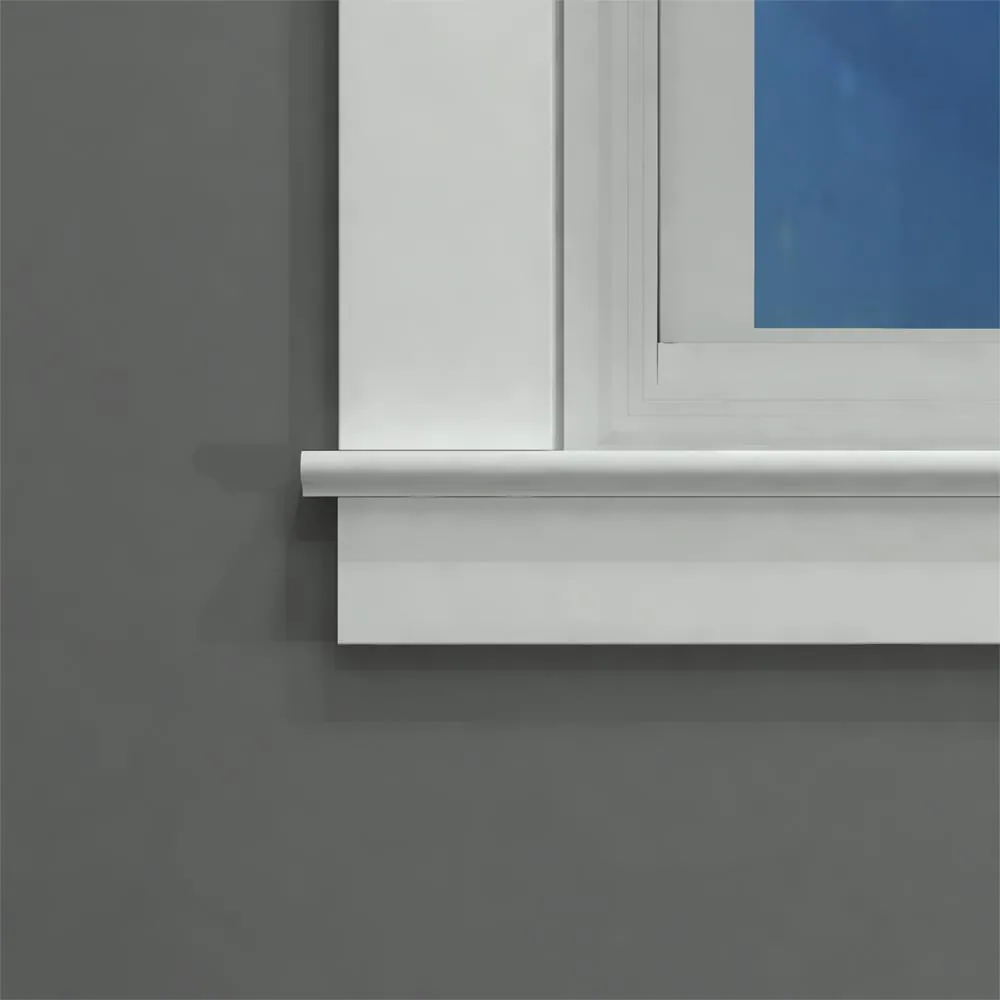
11. Stool
The stool, AKA window sill extension or window sill shelf, is a part of the window that is inside the house. It is flat and extends from the bottom of the frame. There is no standard size for a stool. It is usually designed according to the owner’s preferences.
Stools are made of various materials, such as wood, stone, and composite materials. They come in various designs and patterns. However, they can be tailored to suit your preferences.
They serve as a decorative addition. The stool can be used to keep plants and souvenirs. If extended, they can also be used to sit on.
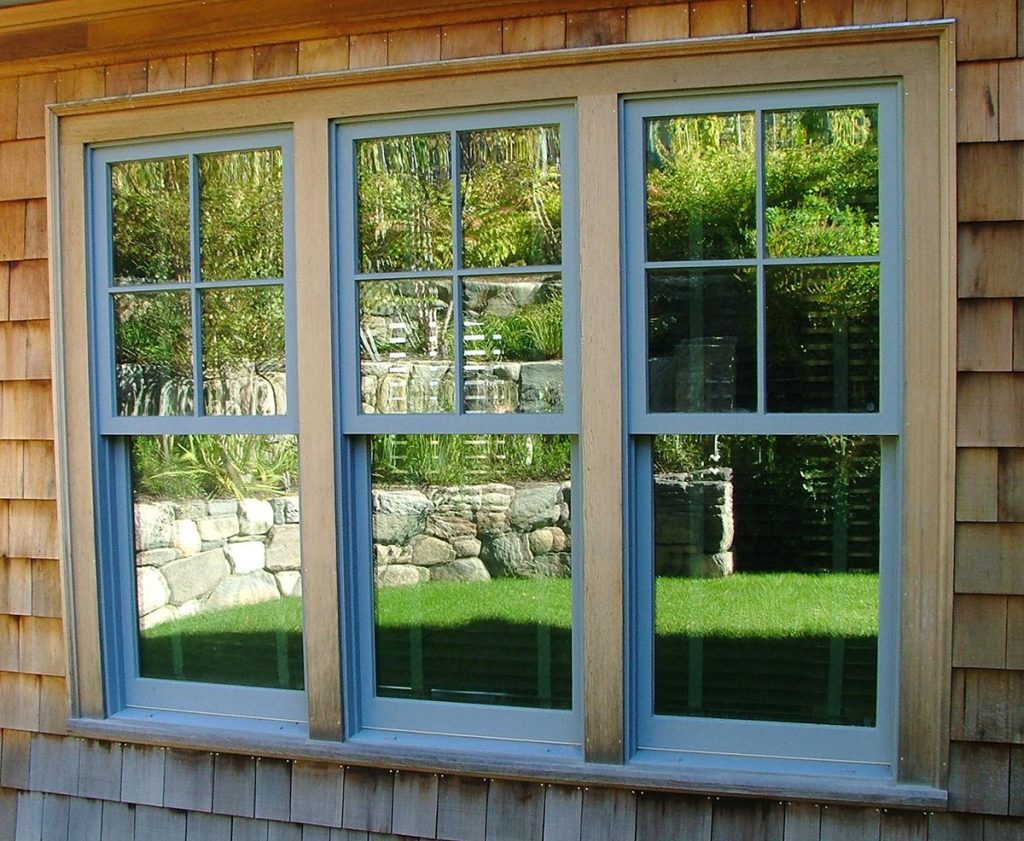
Different Types of Windows and Styles
There are an overwhelming amount of windows in the contemporary window market. To understand the various key elements of a window, it is necessary to understand the various kinds of windows first. Let us take a look at the various kinds of windows and their functionality to understand their key elements best.
1. Single-Hung Window
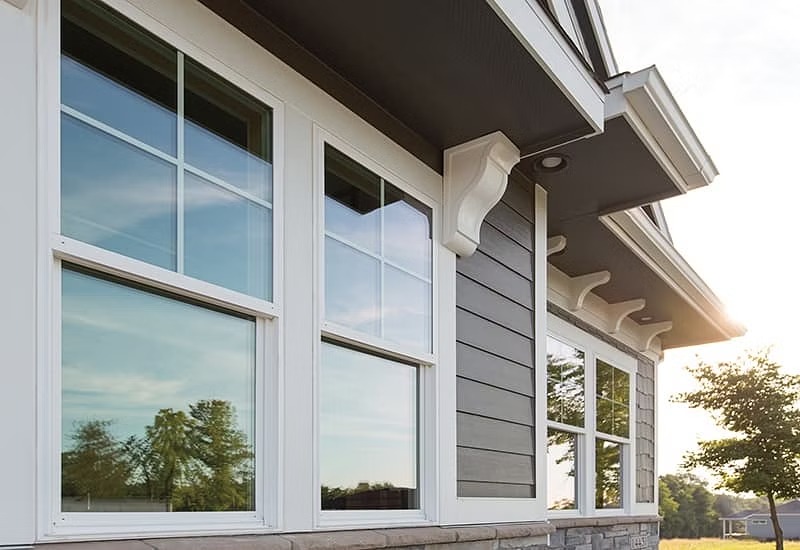
A single-hung window has a fixed upper sash and an operable lower sash.
2. Double-Hung Window
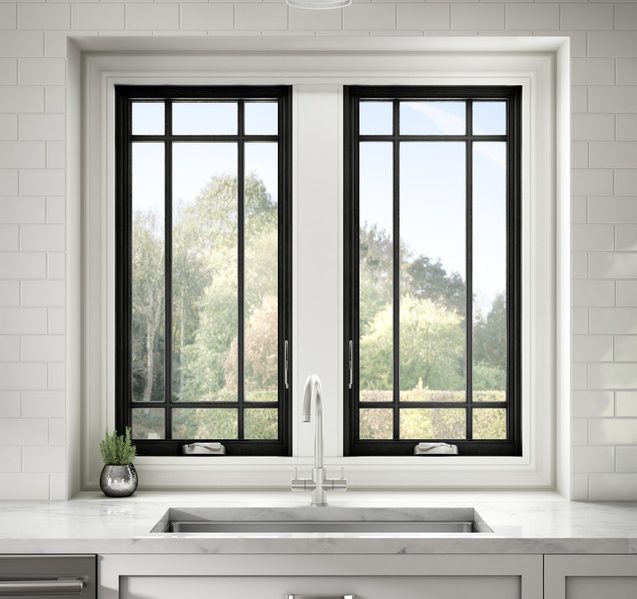
A double-hung window is a type of window that can be operated by both sashes, increasing ventilation.
3. Casement Window
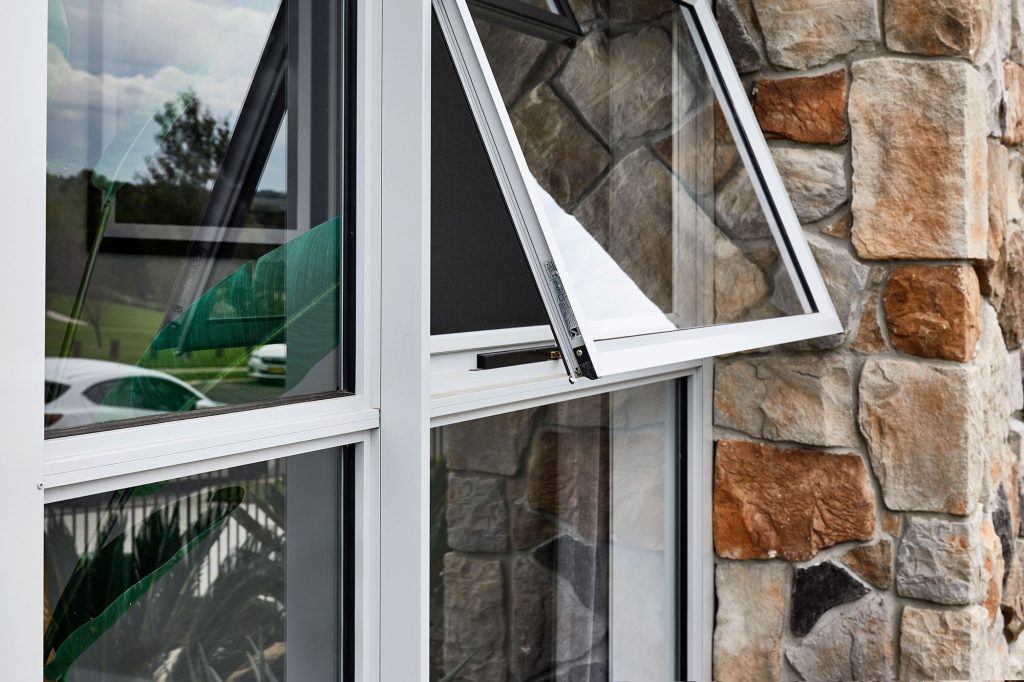
A casement window has hinges on one side and can be cracked open like a door to increase ventilation.
4. Awning Window
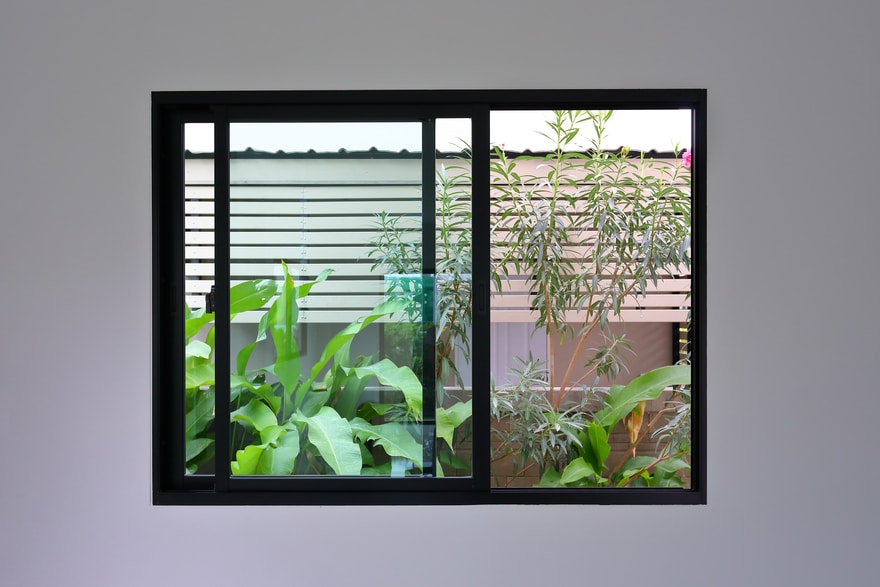
An awning window has hinges on the top and can be opened from below with the crank of a handle.
5. Sliding Window
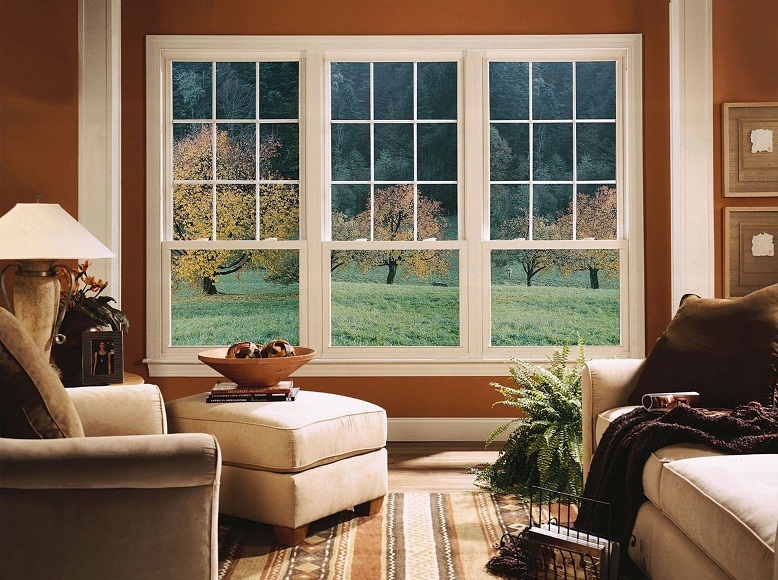
A sliding window is typically a double-hung window slightly altered. Unlike a double-hung window, it can be operated by sliding from the left or right side.
6. Picture Window
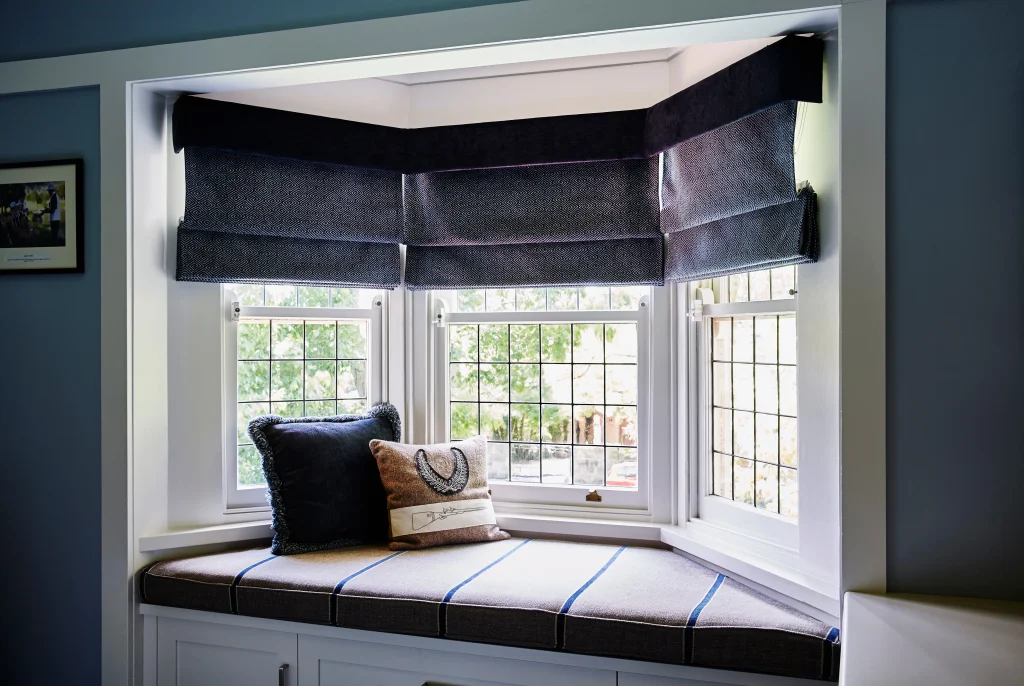
Picture windows are large windows that are fixed. They cannot be opened. They are installed to achieve a great view of the outside, like a picture.
7. Bay Window
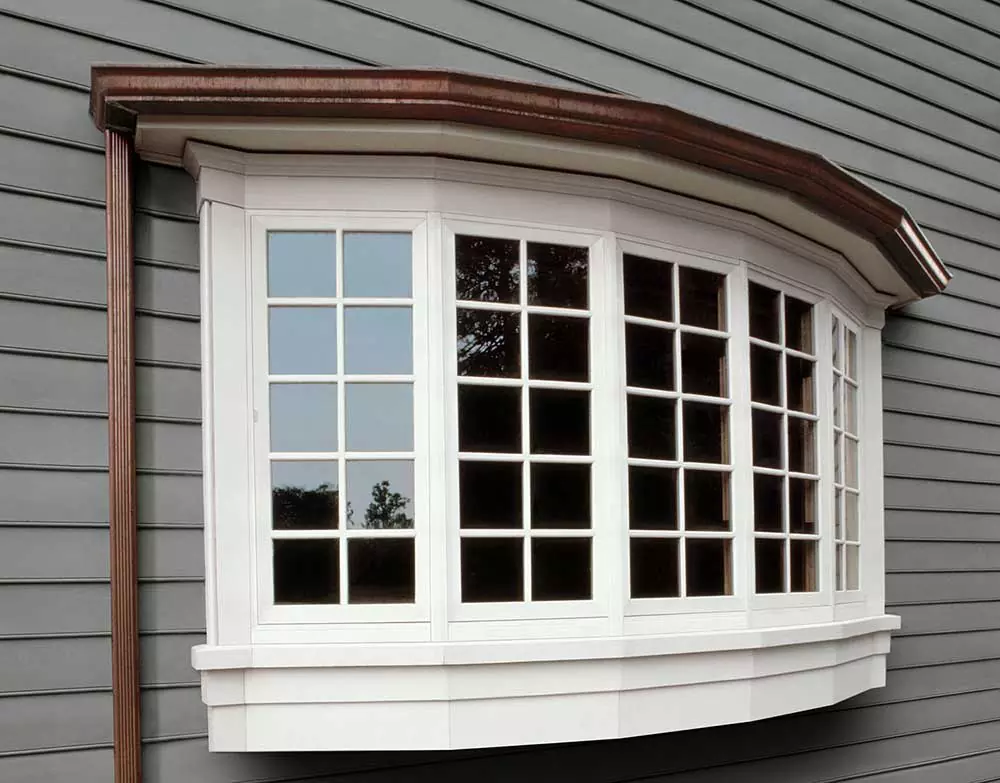
A bay window protrudes outside the house to let natural light in. It is typically built like a bay or an alcove inside the house.
8. Bow Window

A bay window is similar to a bay window. The purpose of the bow window is to allot more space to the room, increase natural lighting, and have a better view of the garden or the street.
9. Jalousie or Louvered Window
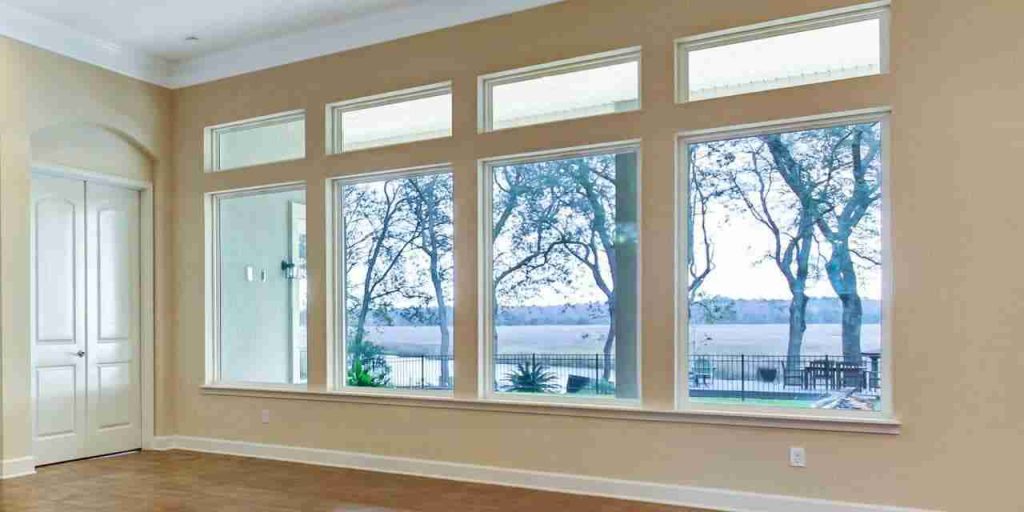
A Jalousie or louvered window comprises parallel glass or acrylic, which can be opened or shut in unison.
10. Fixed Window
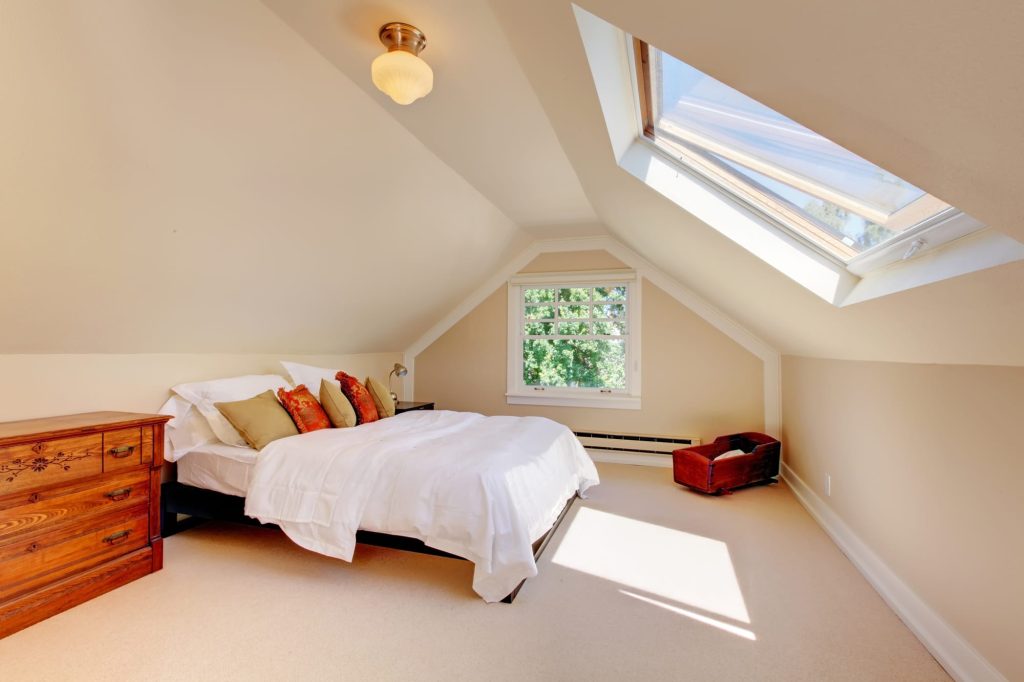
A fixed window is similar to a picture window. It is non-operable, with no hinges or levers to open it.
11. Skylight Window
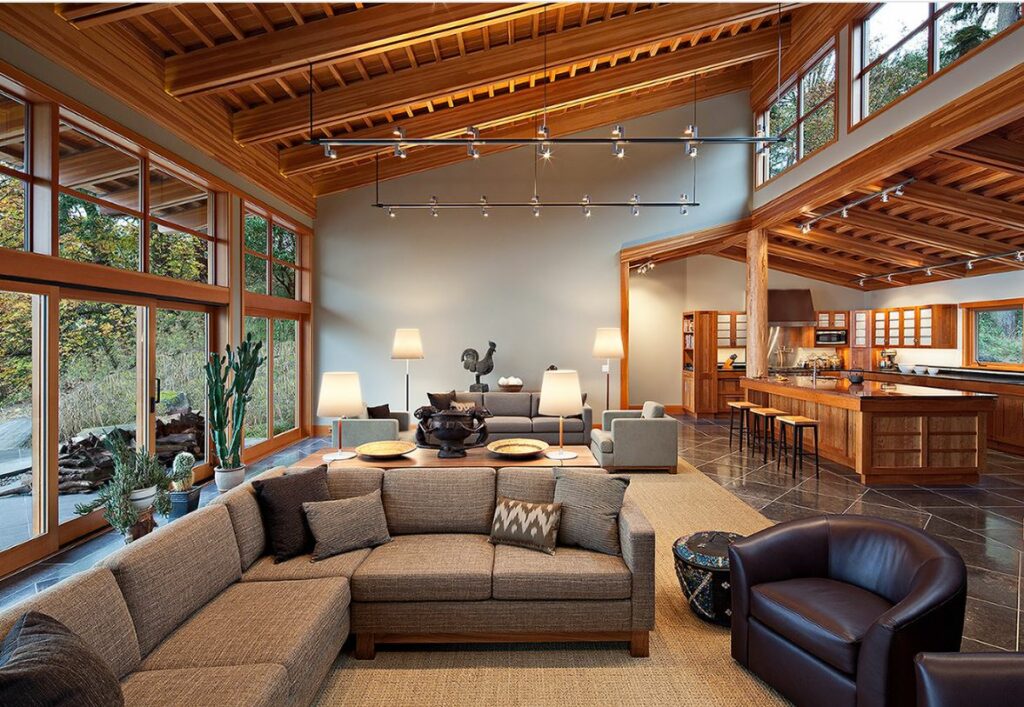
A skylight window is a light-permitting window installed on the roof to achieve natural lighting and a spectacular view of the constellations.
12. Clerestory Window
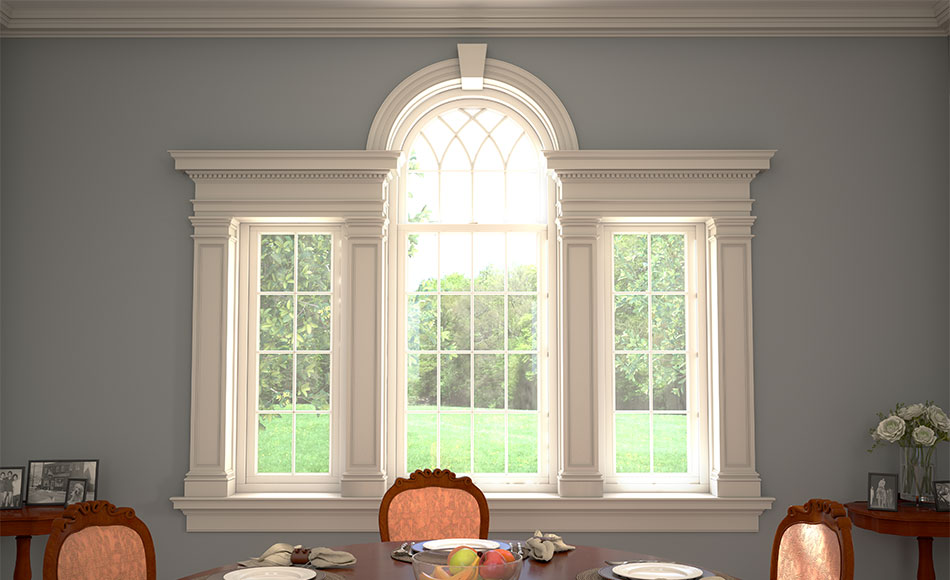
A clerestory window is installed at the top of the wall, typically above eye level. The purpose is to admit both light and air.
13. Palladian Window
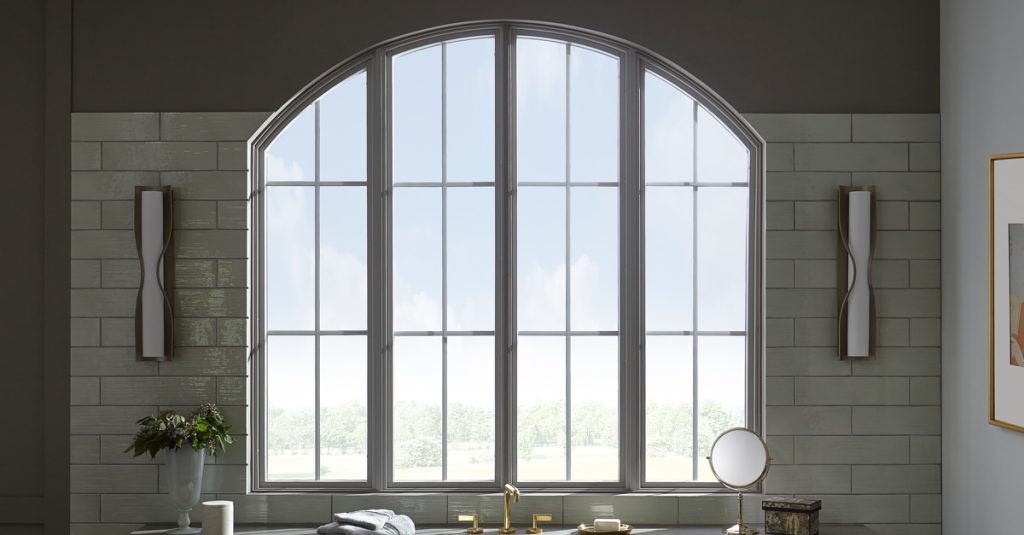
A Palladian window consists of three parts, with the left and right ones of the same size and the middle one raised like an arch. It is the standard style of Palladian architecture.
14. Arched Window
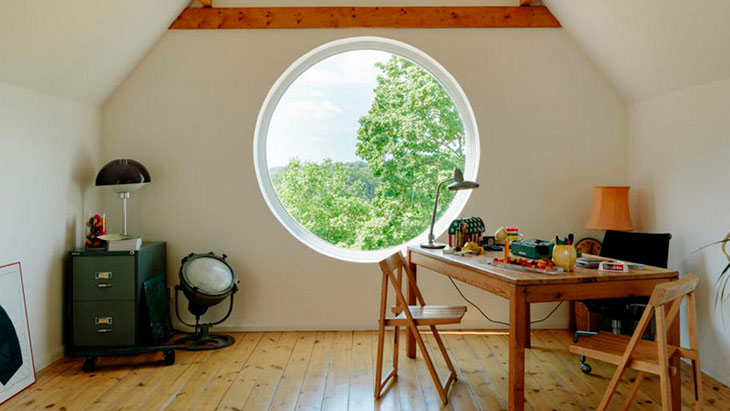
Arched windows or radius windows come with a square bottom and an arched top. The purpose of the windows is the light they provide.
15. Circular or Round Window
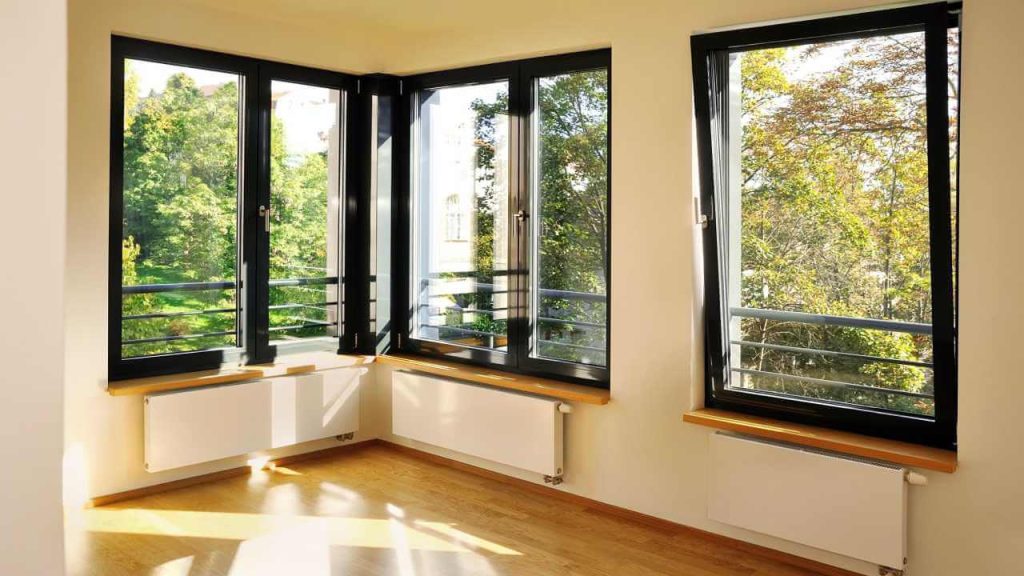
As the name implies, they are round and come in numerous designs. The purpose is to achieve novelty.
16. Tilt or Turn the Window
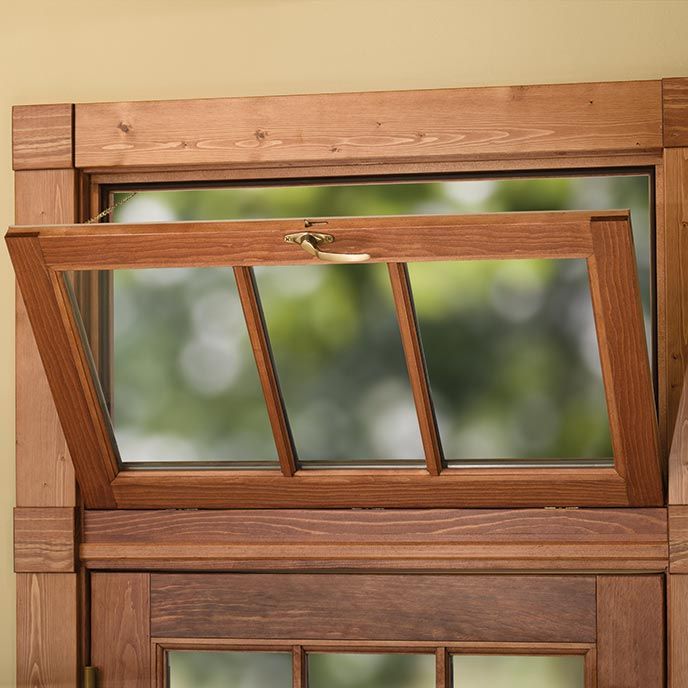
A tilt or turn window can be opened inwards. The best thing about the window is that it can be opened partially to let the air and light in.
17. Hopper Window

Hopper windows come with sashes that can be opened inwards. They are an excellent choice for bathrooms and basements.
18. Corner Window
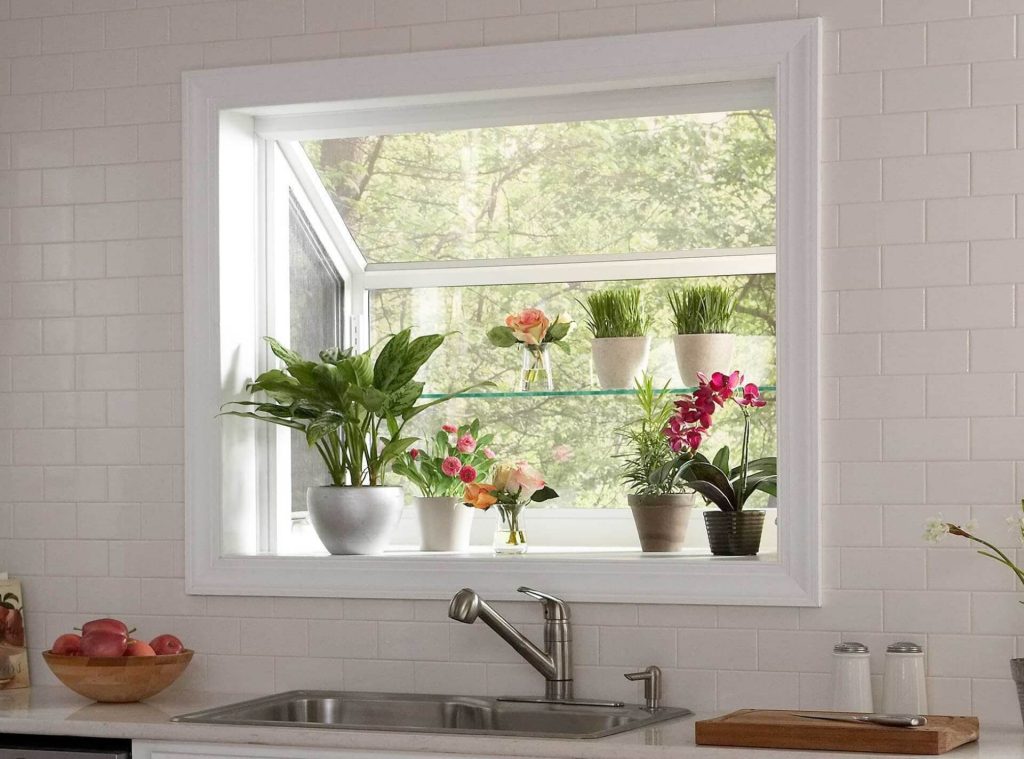
A corner window provides an undeterred view of the outside, increasing room space and visibility. It is typically placed in the corner of any room.
19. Garden Window
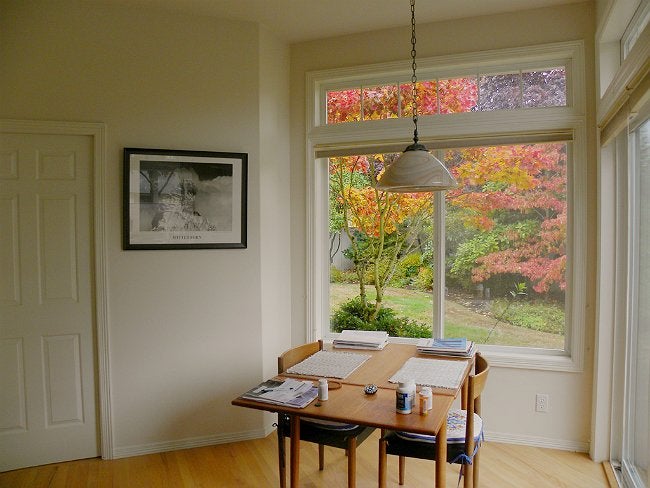
Garden windows or greenhouse windows extend outside the house to provide a good look at the garden with three-dimensional glass.
20. Transom Window
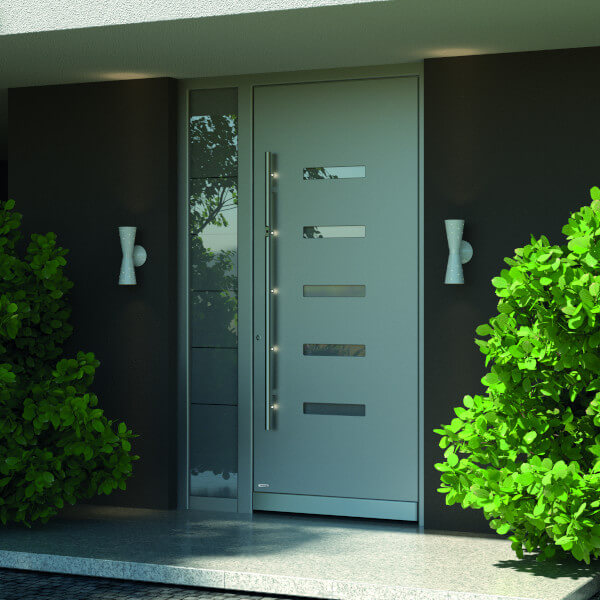
A transom window is a horizontal beam or bar that is extended from the door (usually above the door). The main purpose of the window is to let air flow.
21. Sidelight Window
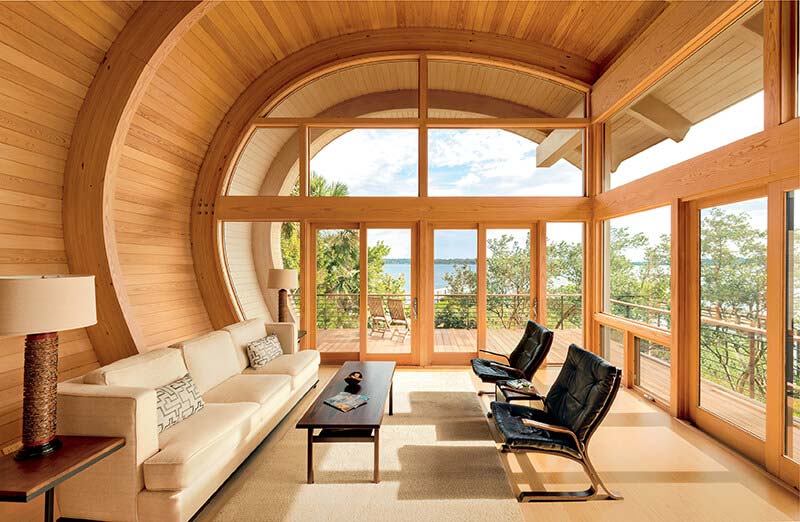
Sidelight windows come in a vertical form that goes next to a door. It can be installed separately or fitted with the door.
Final Thoughts
Windows come in various types, from double-hung windows to shaped or custom windows. To build an ideal home for yourself, learning the key components and the major types of windows is the need of the hour. Only with knowledge of windows can you come up with a window that suits you.
It is always advised to be informed about the jargon used in the field to understand the work better, your constructor explains. Overall, the ultimate purpose of any window is to provide light and abundant air. However, some windows can be energy efficient and give aesthetic appeal at the same time.
Windows such as double-hung and single-hung windows are used for their functionality, whereas the corner window and shaped or custom windows are used to add elegance to the space. It is mandatory to understand the windows for you to choose which window suits your preference.

